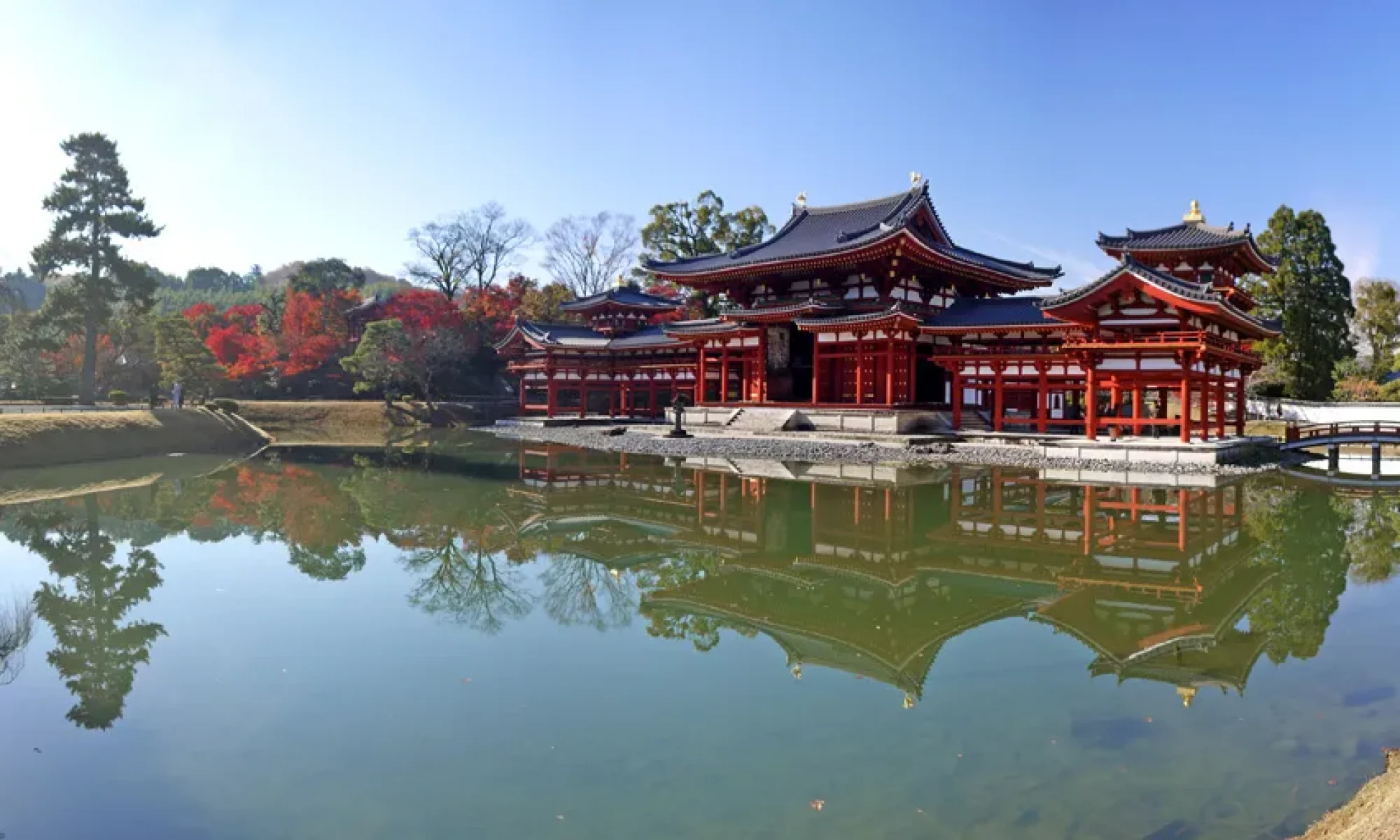Overview
It is located at the entrance of Rendai-no, one of the burial sites in Heian-kyo, and has long been known as the fundamental place for welcoming the spirits of the dead as a place that leads to the other world.


Private Tour in Kyoto Wearing Kimono with Tea Ceremony Experience Kyoto, Japan
Introduce Kyoto to Foreigners !!!
It is located at the entrance of Rendai-no, one of the burial sites in Heian-kyo, and has long been known as the fundamental place for welcoming the spirits of the dead as a place that leads to the other world.

From mid-November, the autumn leaves in the precincts of the temple are beautiful.
It has a beautiful garden, which is said to have been created by Sen-no Rikyu, and its beautiful moss and maple trees delight the eyes of visitors.

Daitokuji is a temple, which is associated with feudal lords, such as Nobunaga Oda and Hideyoshi Toyotomi.
The temple is also home to the oldest existing Zen temple in Japan. the temple bell which Kiyomasa Kato is said to have brought back with him when he marched to Korea.

Ken-nin-ji Temple is the oldest Zen temple in Kyoto. Zen Buddhism has in common the practice of zazen, or Zen meditation, for the practice of mental unification. Compared with Hongan-ji Temple, this temple has a modest appearance. This shows the difference in the characteristics of the Buddhist sects.

The company was founded in 1889 at this place.The company began developing computer games for home and commercial use in the late 1970s, and became widely recognized as a developer of game consoles and software.


The Tatsumi Bashi area is designated as a preservation district for groups of traditional buildings in Kyoto City. As a particularly picturesque place in Gion, it is used not only as a shooting spot for tourists, but also as a location for various movies and dramas.

Originally the domain of Kenninji Temple, Hanami-koji-Street developed after the Meiji period. In 2001, electric lines were undergrounded and cobblestone pavement was completed, and the area was reborn as a town with an emotional atmosphere.

A hanamachi or ’flower town’ is a district where geisha live and work in Japan. Each hanamachi typically has its own name, crest, and distinct geisha population, with geisha not typically working outside of their own district. Hanamachi usually contain okiya (geisha houses) and ochaya (teahouses where geisha entertain).

This Pure Land sect was founded by a monk named Shinran (1173–1263), who simplified Buddhist thought to one essential teaching: all you need to do is repeat the words “namu amida butsu” or “Praise to Amida Buddha”.
Shinran believed that Amida Buddha had vowed to save all those who sincerely repeated these words.

This building is the center of reverence for the sect, where a wooden statue of Shinran, the founder of the sect, is enshrined.
With a front of 76 m, sides of 58 m, and a height of 38 m, it is one of the largest wooden structures in the world and was designated a National Important Cultural Property in 2019.
